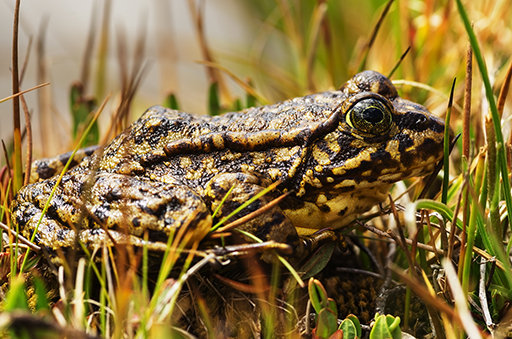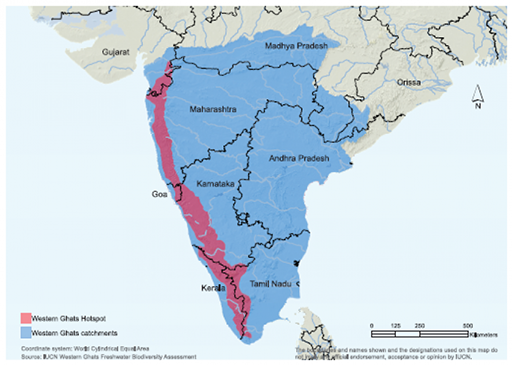7.1 The sixth mass extinction?
In the last 400 years, around 1000 species are known to have become extinct. Of course, extinction is a natural phenomenon and there is a baseline rate of extinction estimated at 1–5 species per year. However, the rate of extinction now is estimated to be around 1000 times the base rate. This dramatic increase is one piece of evidence suggesting that Earth is entering a sixth period of mass extinction (Pimm et al., 2014).
Activity 9 Extinction rates
Estimate how many organisms have become extinct in the last 400 years. Type your answer in the box below.
Answer
The answer is that we do not know. While 1000 species are known to have become extinct over the last 400 years, this figure does not take into account the probably much larger number that became extinct before anybody had discovered and named them.
The fact that organisms can become extinct before they have been described and named highlights the need to survey and quantify the occupants of the natural world. For example, consider just one group of animals – amphibians. New species of amphibian are still being discovered. In February 2017, researchers in India described seven new species from the Western Ghats (Figure 21), one of 36 biodiversity hotspots around the world (Garg et al., 2017). A biodiversity hotspot is rich in diversity but contains an ecosystem that is highly endangered.
Populations of the new species have yet to be surveyed, so it isn’t possible yet to determine the status of each of these new species. (Source: www.iucn.org [Tip: hold Ctrl and click a link to open it in a new tab. (Hide tip)] )


